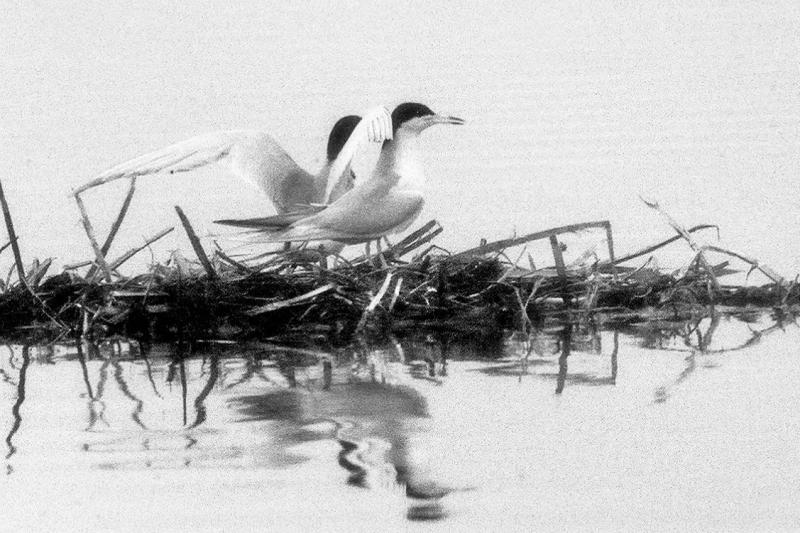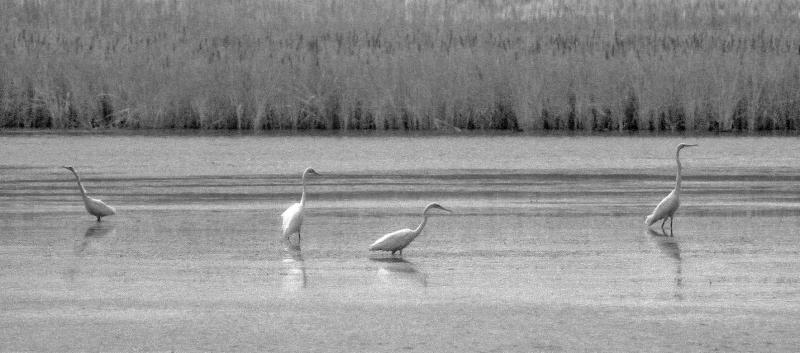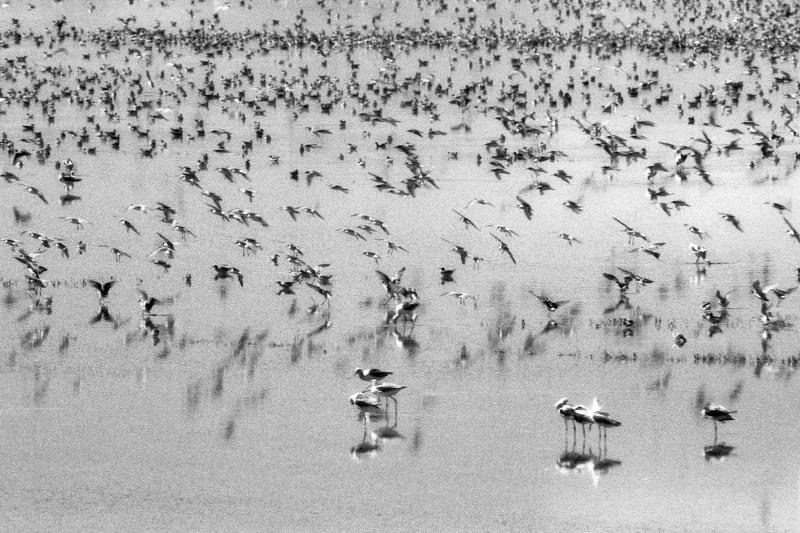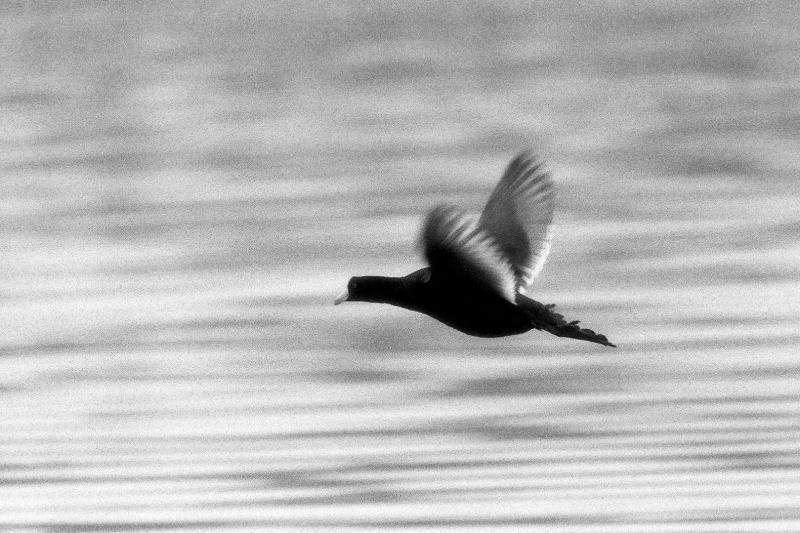Ogden Bay
Ogden Bay is the part of the south arm of the Great Salt Lake that lies to the east of Fremont Island, to the north of Farmington Bay, and to the south of Bear River Bay. Much of the Bay’s shoreline is managed by the state of Utah as a waterfowl management area for the purposes of hunting. To the north of the Bay lies the complex of evaporation and condensation pools operated by Compass Minerals. At low water, much of Ogden Bay presents as exposed salt flats.
Click here for the full oral history with Don Paul
Don Paul was born in Cedar City, Utah. He was raised in Clearfield and graduated from Weber State University. He later worked as a conservation officer for the Utah Division of Wildlife Resources, and then as an information specialist. Healso worked on a television program called “Utah Trails” and participated in writing a book on raptors in Utah. Don was the first non-game manager in Utah for the DWR and was the principal biologist for the reintroduction of Peregrines to northern Utah. He then became Chief of the Information Education Section before becoming a wildlife biologist for the Great Salt Lake. Don also became the first avian biologist with the Great Salt Lake Ecosystem Project. In this interview, Don talks about his formative years and his parents’ influence on his love of the outdoors. He also talks about his first experiences exploring the Great Salt Lake. He discusses his education, which led him to a career as a biologist. He also discusses the Great Salt Lake’s ecological diversity, complexity, and importance, and compares it with other similar ecosystems in the world. Mr. Paul goes on to discusses the changes he has seen to the Great Salt Lake, as well aschallenges to its ecosystem. He also describes his work with the Linking Communities Program.
Click here for the full oral history with John Luft
John Luft, Director of the Utah Division of Wildlife Resources’ Great Salt Lake Ecosystem Program, was born in Bucklin, Kansas, to a farming family. He grew up farming, fishing and hunting, and credits his father and grandfather for instilling in him a love of the outdoors, as well as a sense of stewardship. While pursuing his education at Kansas State University in wildlife biology, John farmed off and on, and worked seasonally in wildlife management in Colorado. He then moved to Utah to take a seasonal job with the Division of Wildlife. After years of seasonal work, he took a full-time job in Utah working with waterfowl. He went on to fill Don S. Paul’s spot as an avian biologist with the Great Salt Lake Ecosystem Program, becoming the Director in 2007. In this interview, John discusses his origins, life, and work. He explains the GSLEP, describes the Belovsky brine shrimp model, and discusses the complex task of managing the Great Salt Lake’s resources. He mentions his concern that management of the lake is moving from proactive to reactive due to climate change and other pressures. But he also notes the rise in cooperation between state, the federal government, industry, universities, and nonprofits in managing the lake’s resources.
Click here for the full oral history with John Luft
In this clip, John Luft talks further about Ogden Bay.
Forster's Terns nesting in Ogden Bay, Great Salt Lake, Utah. From the Great Salt Lake Bird Archive Photograph Collection, Marriott Digital Library.
Great Egrets fishing in Ogden Bay, Great Salt Lake, Utah. From the Great Salt Lake Bird Archive Photograph Collection, Marriott Digital Library.
American Avocets in Ogden Bay on Great Salt Lake. From the Great Salt Lake Bird Archive Photograph Collection, Marriott Digital Library.





